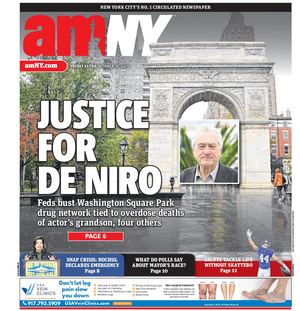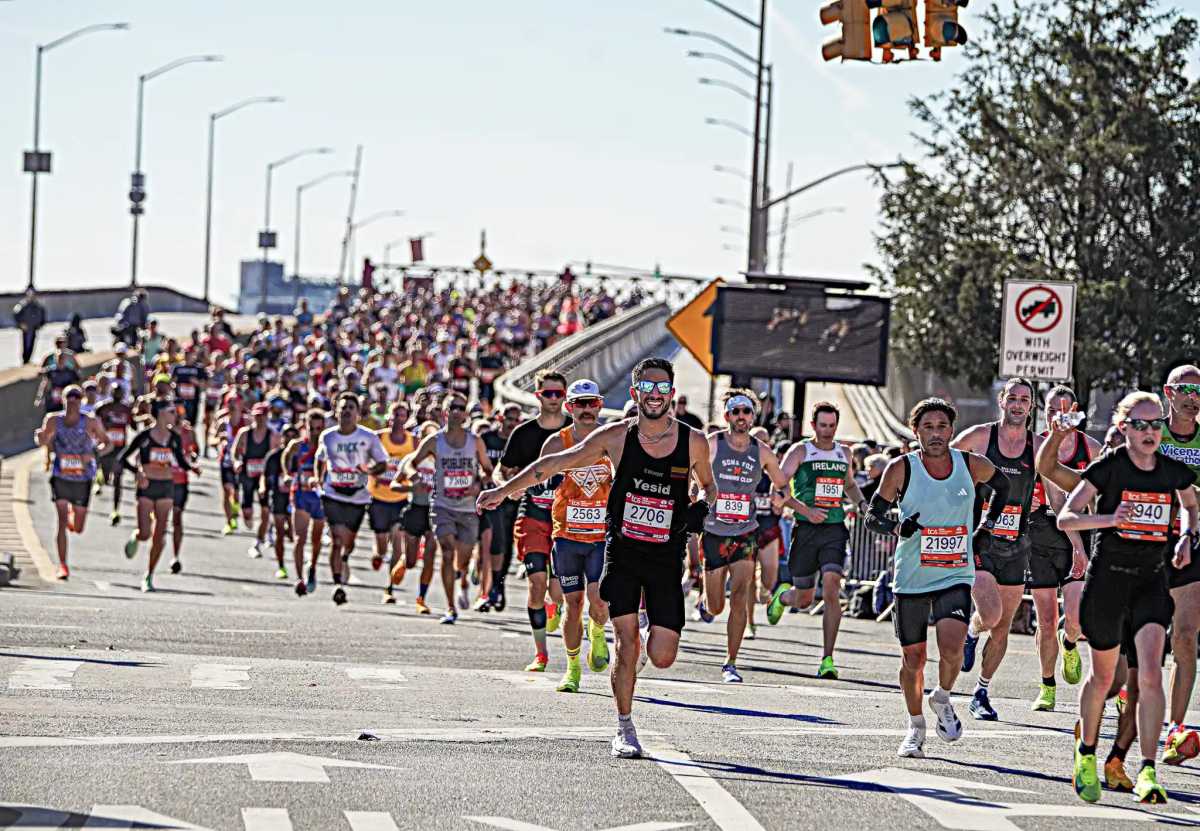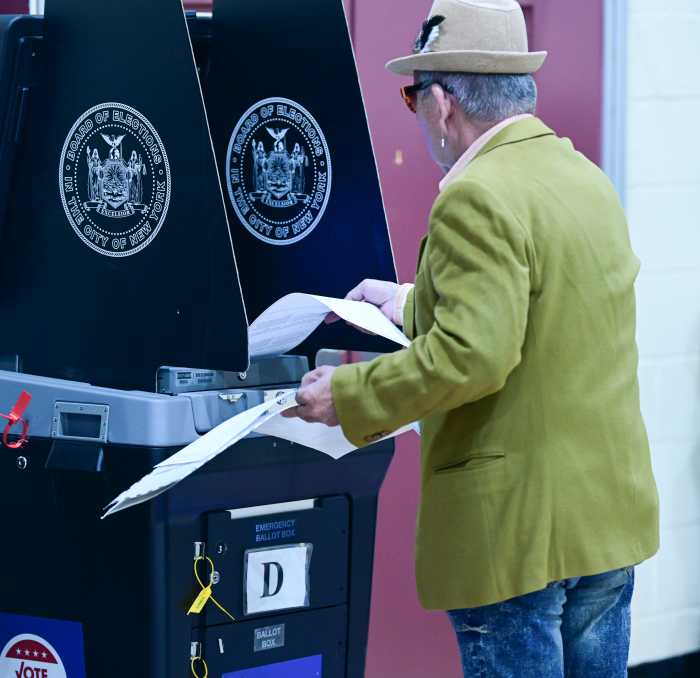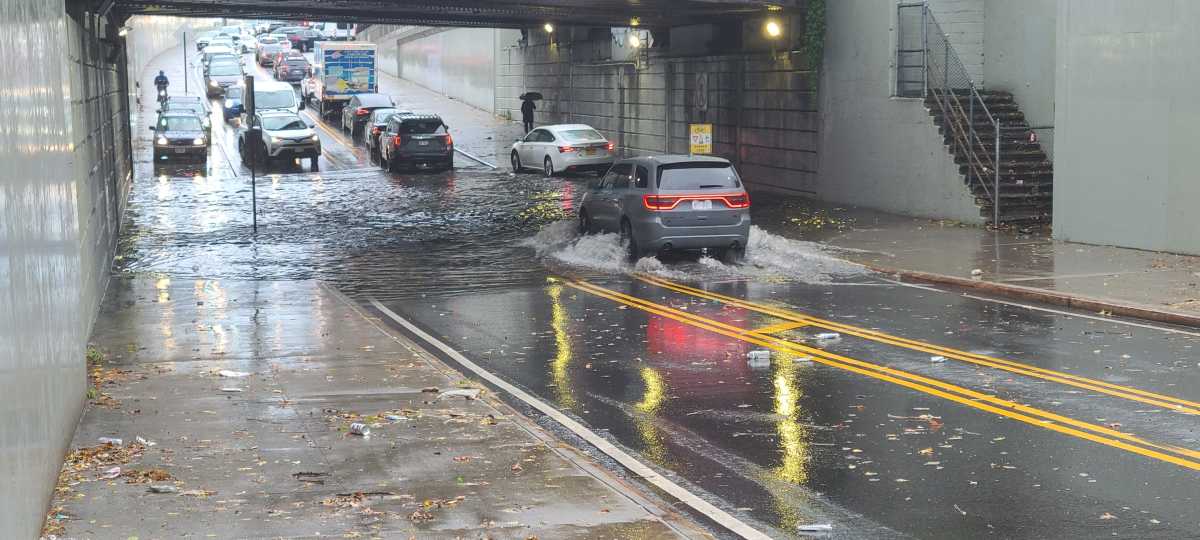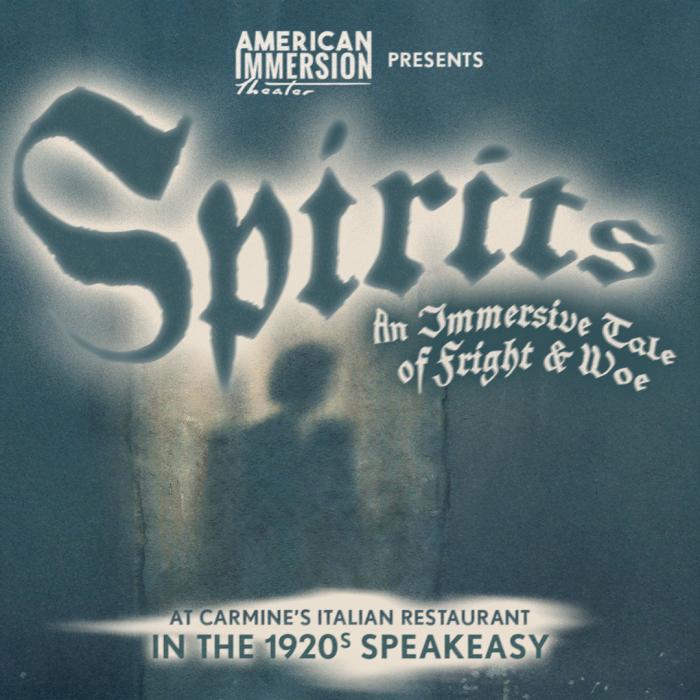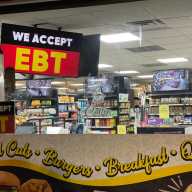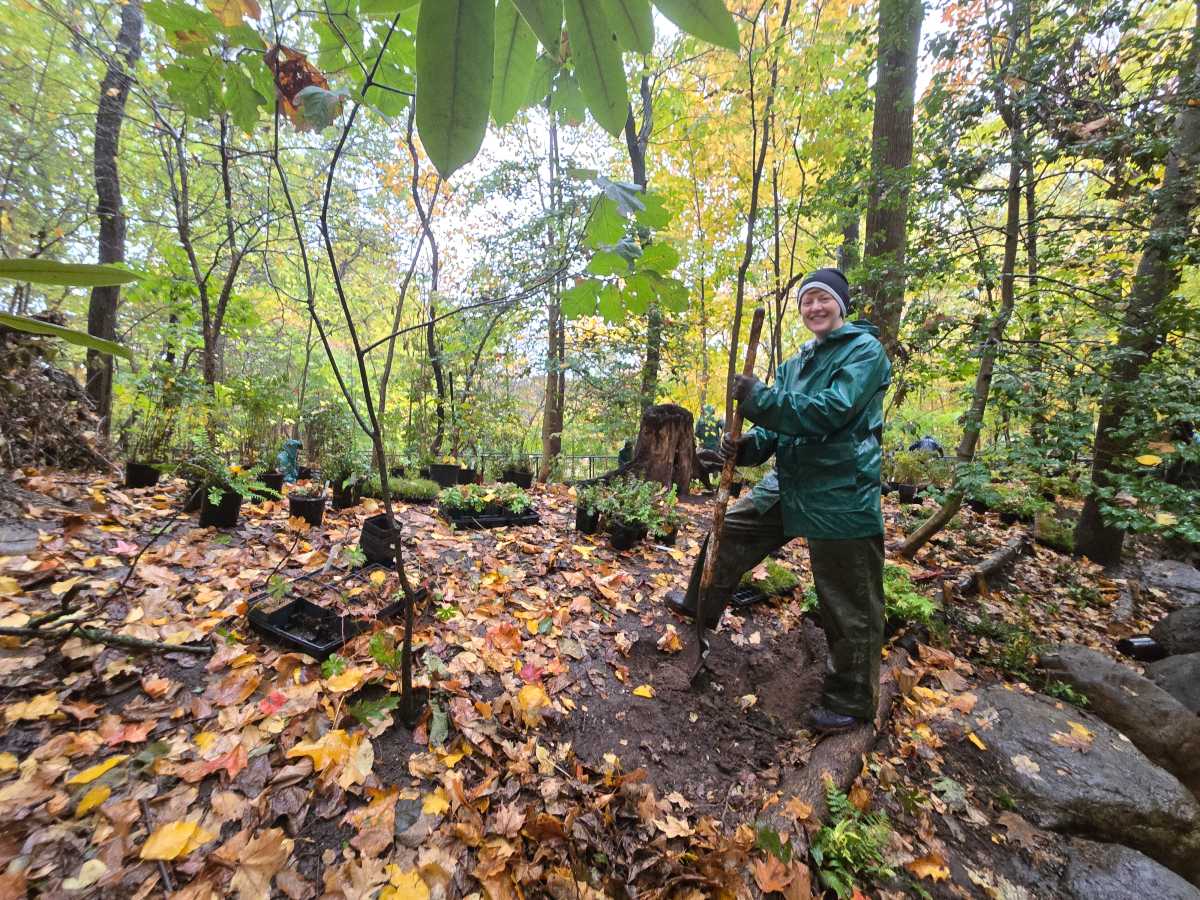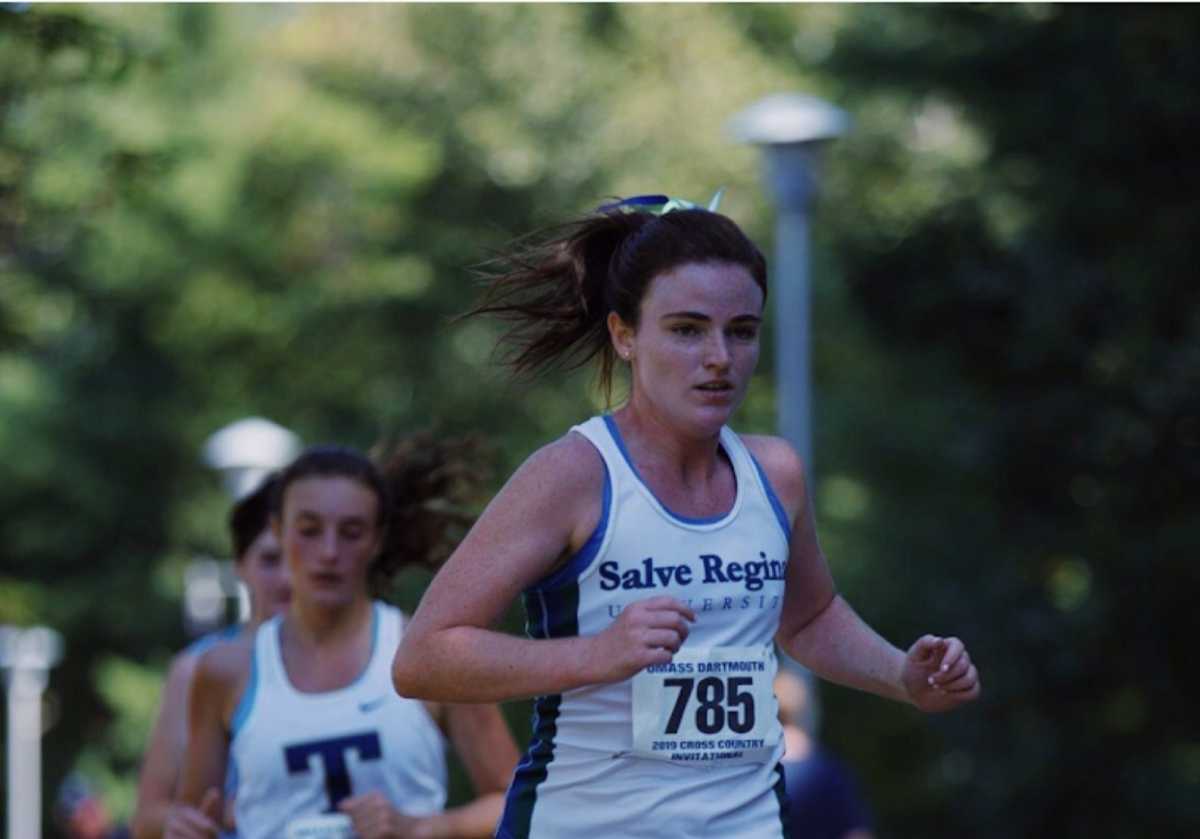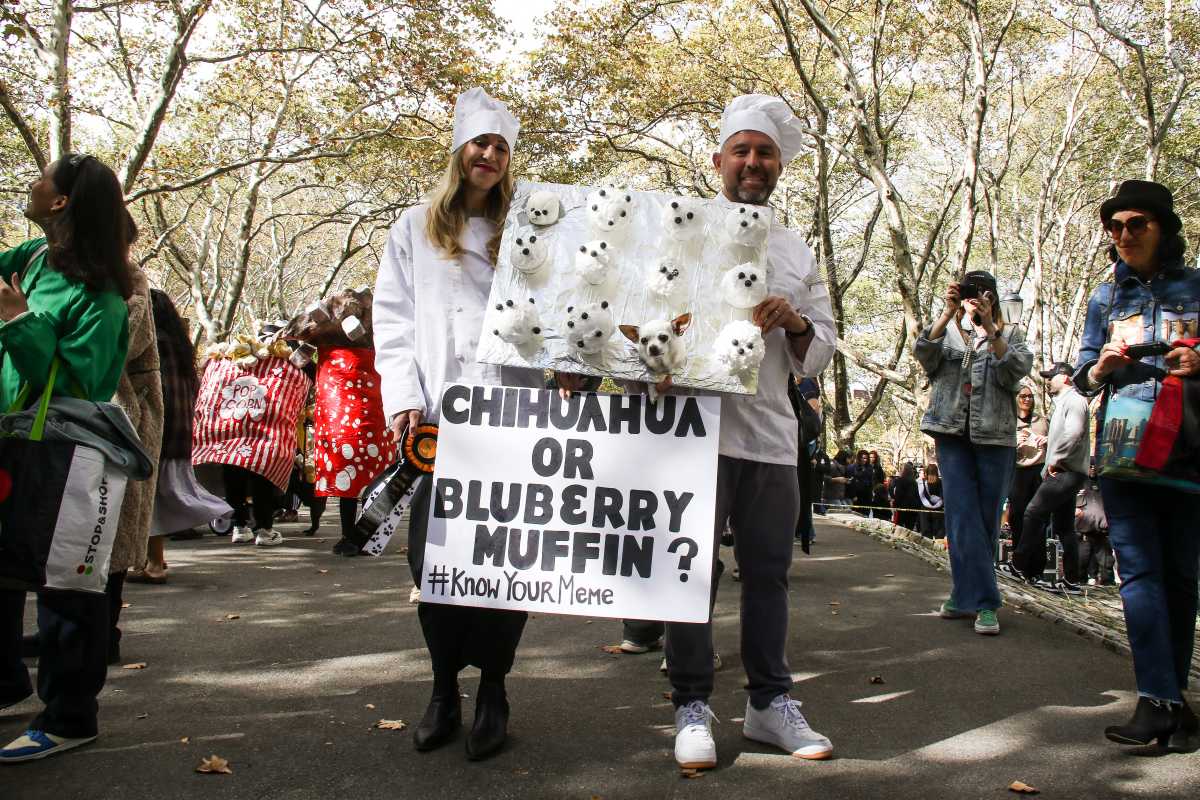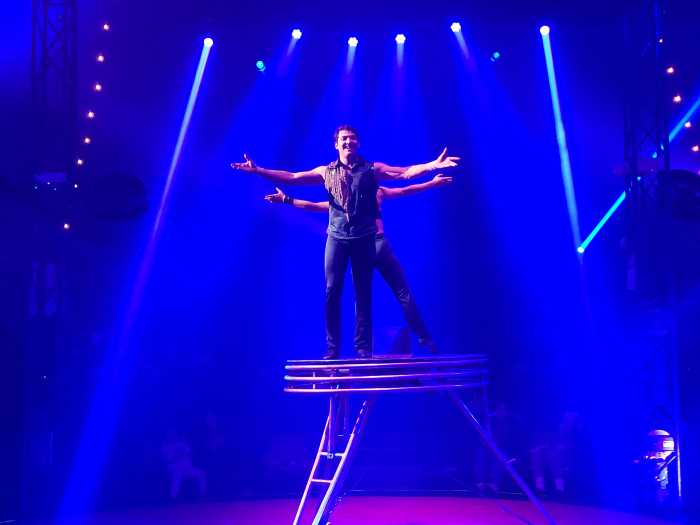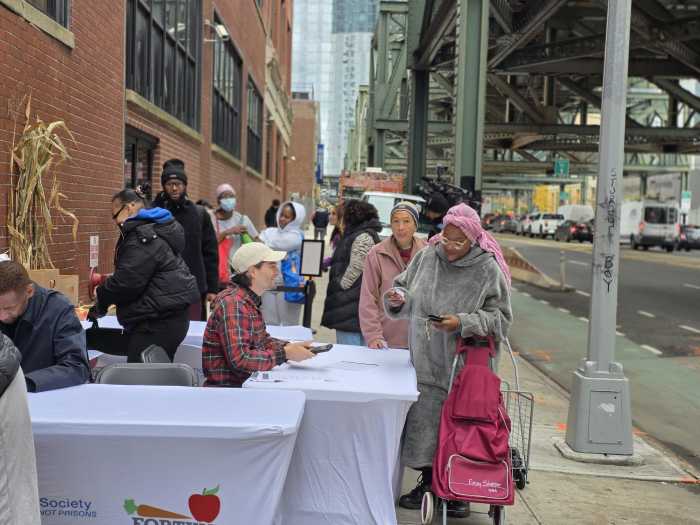In the city that never stops moving with more running clubs than ever before, runners from all over the world come to the most anticipated race — The TCS New York Marathon.
From Fort Wadsworth on Staten Island, crossing the Verrazzano-Narrows Bridge, runners pass through all five boroughs of New York City to the finish line in Central Park. But behind those thousands of people gathering all together is one organization that has kept the city running, quite literally, for more than six decades: New York Road Runners.
What began in 1958 as a small run club with forty men in Macombs Dam Park in the Bronx has since grown into an institution that produces sixty adult and youth races annually, including the TCS New York City Marathon.
“A lot of things are cyclical,” said Ted Metellus, NYRR’s chief event production officer & race director. “We are probably in our third or fourth running boom.”
Metellus explains how running started and popularized in the 60s and 70s, coming back again in the late 80s and now experiencing another growth running and how NYRR grew and changed as well.
The first New York Marathon, led by NYRR founder Fred Lebow and president Vince Chiappetta, had 55 finishers and took place in Central Park in 1970. Today, the marathon welcomes and hosts more than 55,000 athletes from all backgrounds and communities around the world.
In 1976, Lebow took the marathon beyond the park borders, routing it through all five boroughs with more than 2000 runners. What began as a quiet running gathering, grew to become a citywide celebration of community.
Through the 1980s and 1990s, NYRR became a global community. Elite stars like Grete Waitz turned the New York City marathon into a world stage. By the end of the 1990s, more than 30,000 had a membership.
Lebow’s last race was in 1992, accompanied by Grete Waitz and two years later lost his battle with cancer.
Over time, New York Road Runners grew to more than 40,000 members and extended their influence on a local, national and international scale that resulted in the 2006 NYC Marathon joining four other leading marathons — Berlin, Boston, Chicago and London, a series that became the showcasing of the top athletes.
Each year, NYRR continues to grow and are able to expand their technology, entering on social media in 2009 and including a Virtual training program in 2011.
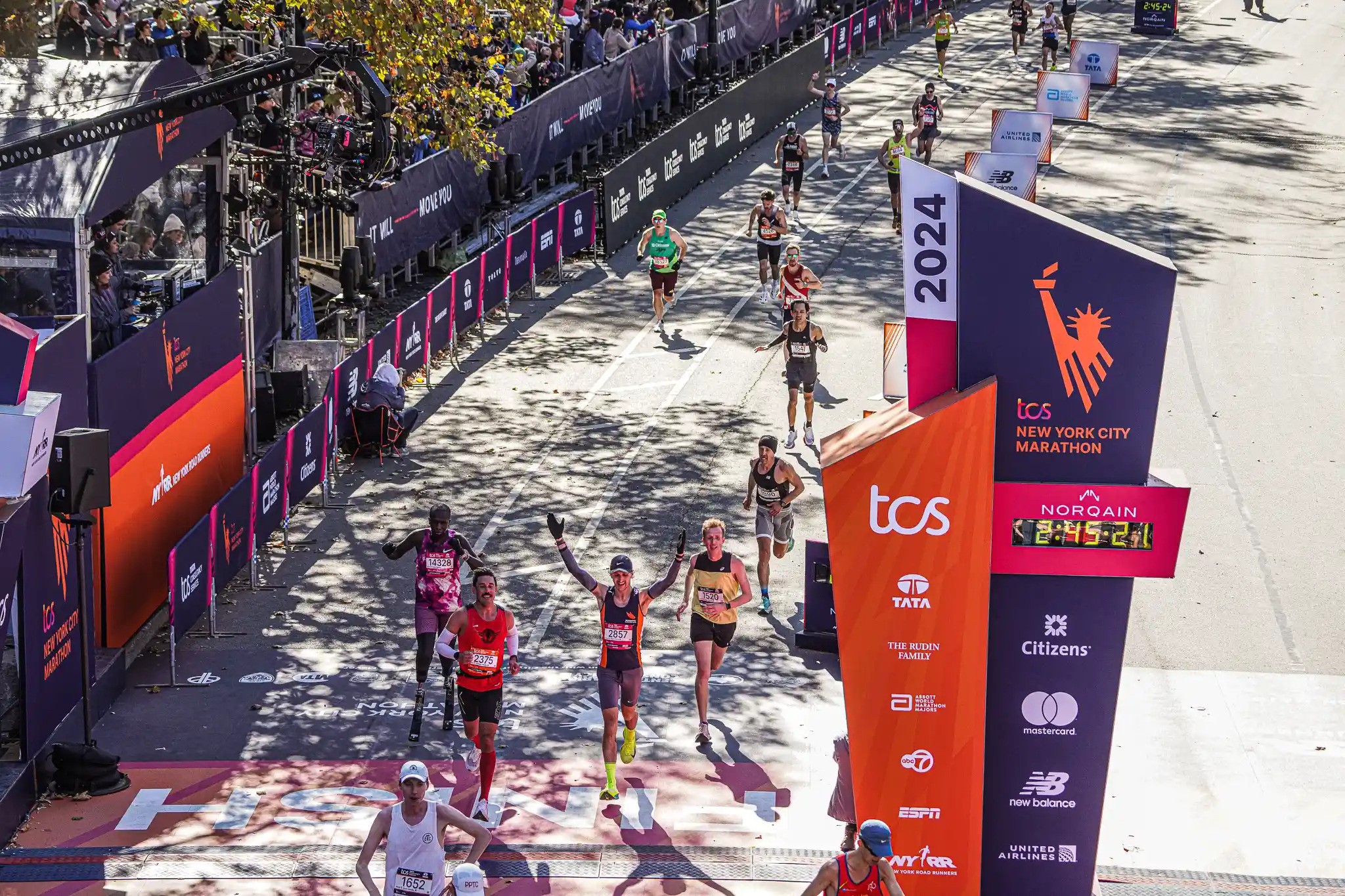
Not only does the size of memberships grow, but the organization expanded and incorporated more races on their curriculum to celebrate individuals and communities in each borough.
NYRR launched the Five-Borough series in 2014: the United Airlines NYC Half, Brooklyn Half, NYRR Queens 10k, New Balance Bronx 10-mile and NYRR Staten Island Half.
NYRR expand its commitment to community wellness with several key programs: Open run launched in 2015, brought free weekly runs to local neighborhoods; Rising New York Road Runners introduced in 2017, a new youth program designed to make physical activity accessible for kids nationwide and Rising NYRR Wheelchair Training Program, a free, year-around opportunity for program for young people with physical disabilities to stay active.
Together, these initiatives reinforced the purpose of running as a means to create a community of wellness and health for everyone.
In 2018, NYRR launched Virtual racing powered by Strava, a tracking app for athletes, to extend the community to runners who might not have access to New York races. This initiative proved especially valuable when COVID-19 forced NYRR to cancel in-person races and made the NYC Marathon virtual for that year, with nearly 16,000 participants from 108 countries.
As NYRR modernized its program and broadened community outreach, its commitment to inclusivity also deepened. In 2021, NYRR included the nonbinary option for registration, beginning with the Front Runners New York LGBT Pride Run. This marked another important step toward greater inclusion and representation within the running community.
NYRR’s journey mirrors the evolution of New York itself, reflecting the city’s resilience, diversity and constant motion.
“We have seen not only the running community change but we’ve seen New York City change. All of the administrations, all of the changes that enabled the communities, people that have moved in, people that have moved out, all of that has happened but yet the marathon still runs and the community still runs,” Metellus says.
